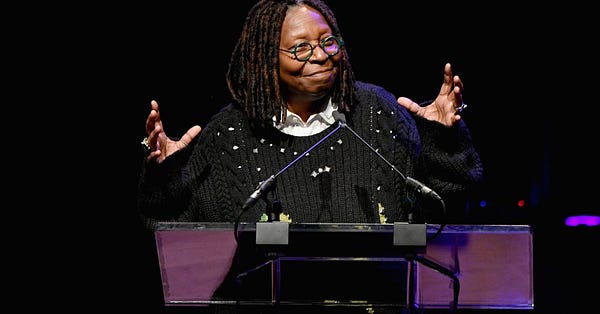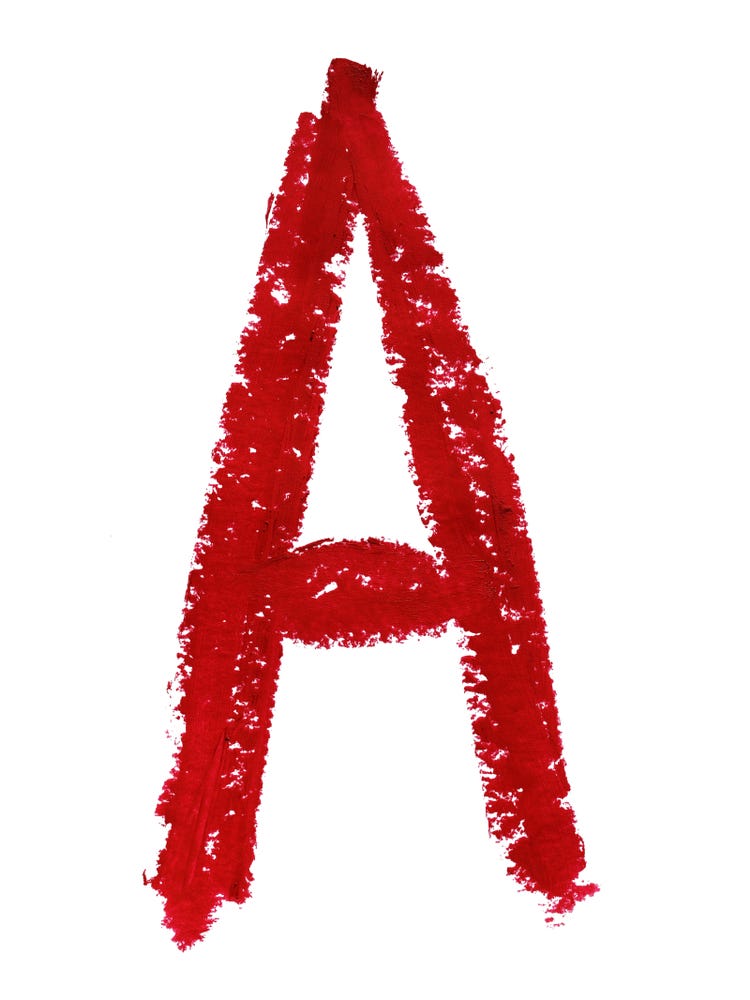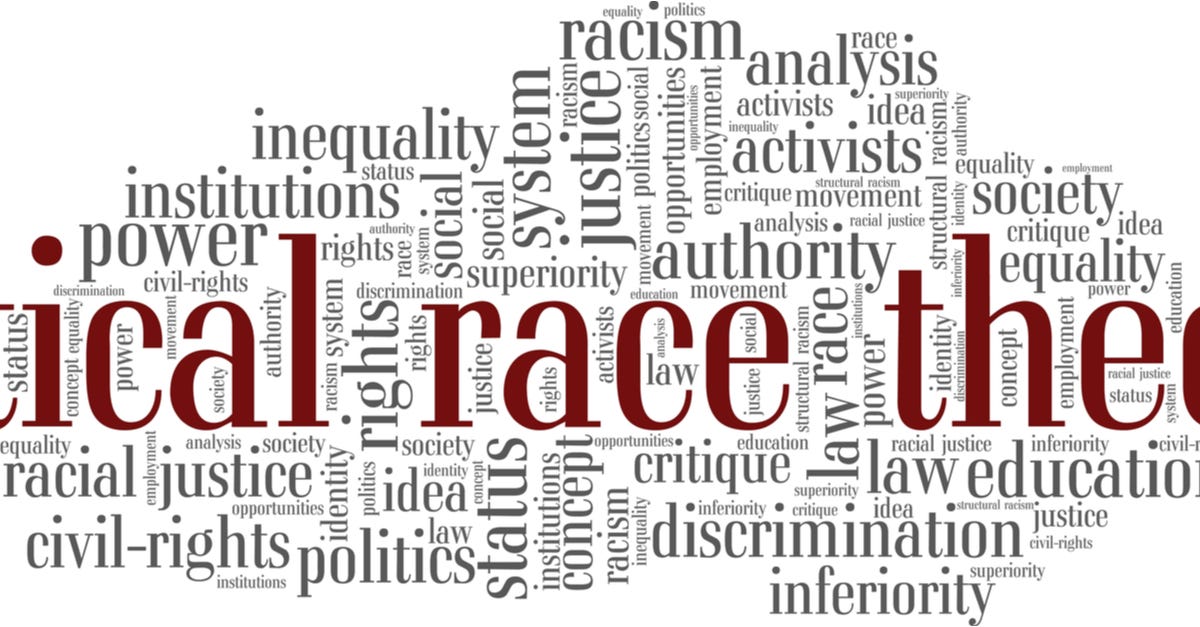E-Pluribus | February 10, 2022
Censorship isn't always about censorship, "censorship" isn't always actually censorship, and is critical race theory a correct diagnosis with the wrong remedy.
A round up of the latest and best writing and musings on the rise of illiberalism in the public discourse:
Kevin D. Williamson: For Joe Rogan’s Would-Be Cancelers, the Censorship Is Beside the Point
One aspect of cancel culture that has become clear is that it is rarely successful at silencing those with large platforms and audiences, so why is it still practiced? At National Review, Kevin Williamson writes that censorship is not always the point. Sometimes the smear itself is the point.
When it comes to banning books, the would-be censors offer a couple of distinct arguments. One of those is a case based on danger, an argument that certain words or images are harmful per se or that they contribute to a cultural situation that is dangerous. When progressives call for the removal of To Kill a Mockingbird or The Adventures of Huckleberry Finn from libraries and curricula, the most common complaint (though not the only one) is that the racial slurs in those books may cause students stress, from which they must be protected. A related complaint, made against figures such as Joe Rogan (and your favorite correspondent) is that their words or ideas present a danger to the general public or to certain vulnerable populations such as transsexuals. It should be noted that while this argument is usually deployed in the service of some program of limited suppression, such as removing a book from a library or forcing a controversial figure off of Spotify, it is as good an argument for a more general program of formal censorship…
[ . . . ]
That efforts to put up a barbed-wire fence around Harper Lee or silence Joe Rogan are unlikely to have any practical effect is probably beside the point. While the would-be suppressors and censors would be all too happy if Rogan were well and truly silenced, or if it became practically impossible to buy certain works of Mark Twain or Dr. Seuss, or if those offensive Tintin comics were all seized and burnt, it is the symbolic rather than the practical aspects of exclusion and suppression that motivate the thought police…
Read it all.
Joseph Simonson: Defining Censorship Down
The idea of book banning evokes strong responses, especially given the history of the practice under totalitarian regimes. Joseph Simonson writes at City Journal, however, that what the media reports as “banning” doesn’t always rise to the level of all-out repression. Simonson uses the example of a children’s book entitled Gender Queer to illustrate his point.
In short, it was a local news story—but one that has the national media increasingly concerned. Mullin was likely following the lead of public schools in Fairfax, Virginia, which had pulled the book from its shelves a month before in response to parent outrage. Since then, roughly a dozen large public school districts have opted not to carry it. That prompted NBC News to give Kobabe’s book the dubious moniker of “one of [the] most-banned” in America. And recently, the New York Times ran a story—headlined “Book Ban Efforts Spread Across the U.S.”—alleging that a reactionary war on “more diverse books” such as Gender Queer could eventually endanger the availability of “towering canonical works.”
[ . . . ]
Much of Gender Queer is rather banal, notwithstanding progressive claims of its importance. It reads more like a confused teenage girl’s diary than the Great American Novel. Still, the reasons that school boards have jettisoned it are readily apparent. Kobabe describes her educator parents as uninterested in “enforcing gender roles.” She illustrates exceedingly graphic scenes not only of menstruation but of asking her sibling to ingest her vaginal fluid. Another scene depicts adolescent masturbation techniques.
Finding any pedagogical value in such a text would require a graduate degree. And it’s hard not to question the motives of educators who stocked public school libraries with the book and now insist on its presence in the classroom. But debating with educators and activists whether this or that particular text belongs in the classroom concedes the mistaken notion that they, not the public at large, should decide what children ought to learn.
[ . . . ]
In reality, no liberal principles are at stake here. A superintendent removing explicit texts from a mandatory curriculum or school library is hardly censorship. A local school board responding to an outcry from parents is hardly an attack on democratic values. Nobody claims that the Marquis de Sade is being censored because his work is not used in health class or available for checkout. Schools have a finite amount of time and resources each school year to instruct students, and whether children should be exposed to certain texts is ultimately a question of the allocation of taxpayer dollars.
Read the whole thing.
Fabio Rojas: What Critical Race Theory Gets Right, and Wrong
Any suggestion that critical race theory (CRT) might contain some truth is usually rejected out of hand by conservatives. Fabio Rojas, a professor of Sociology at Indiana University, argues at Discourse Magazine that accepting at least some of the premises of CRT does not automatically translate into accepting its proponents’ solutions.
[O]utright rejections of critical race theory are unhelpful. Classical liberals have something to learn from this school of thought—and also have something to teach it: They need to fully appreciate that people like to create racial groups and gain status and advantage from membership in these groups. But what advocates need to learn is that liberal institutions such as free speech, private property and limited government are not their enemy. These things can meaningfully address racial repression in a way that statist solutions cannot—no matter how much these solutions put radical equality at the center of the critical race project.
Let’s consider what critical race theory gets right: The fundamental truth is that race and racism are real, and our institutions often reinforce and perpetuate racial inequalities…
[ . . . ]
However, even though critical race theorists use sound empirical insights to offer an accurate diagnosis of the persistent racial ills in contemporary America and Western societies, they get the cure wrong. Unlike the traditional civil rights movement, which embraces incrementalism and step-by-step progress, critical race theorists question the very foundations of the liberal order, including equality theory, legal reasoning, Enlightenment rationalism and neutral principles of constitutional law. They believe that this order requires racial exploitation and inequality to function. Because slave drivers exploited blacks to produce low-priced goods that they could then sell for a profit, Ibram X. Kendi goes so far as to suggest that antiracists must be anticapitalists. His fellow theorists reject free speech and individual rights as a ruse to protect exclusionary “white spaces.” This critique of capitalism makes a political system that sanctions the use of state power to eliminate inequality—socialism—more attractive to them.
[ . . . ]
Just because racism exists alongside liberal institutions, it does not follow that racism and these institutions are inseparable, as critical race theorists believe. For example, schools may not treat African American and white students equally, but it does not follow that schools are automatically racist and should be abolished. Similarly, just because there may be racial inequalities in markets, it does not follow that markets should be abolished.
[ . . . ]
Moreover, freedom of religion and economic freedom played a crucial role in the civil rights struggle. Aldon Morris’ “The Origins of the Civil Rights Movement” pointed out that the freedom struggle of African Americans relied on a network of Black churches and ministers. And key protest actions such as the Montgomery bus boycott required financial donations, large and small, from thousands of African American and others. Likewise, the modern Black Lives Matter movement depends on the extremely open Twitter culture and private donations to advance its cause.
Read it all here.
Around Twitter
Shadi Hamid comments on Yair Rosenberg’s latest essay at The Atlantic:






Glenn Greenwald on those who really benefit from censorship:


And finally, Jonathan Kay with a hopeful thought about young people:








